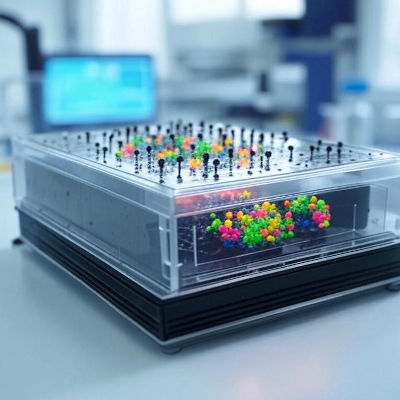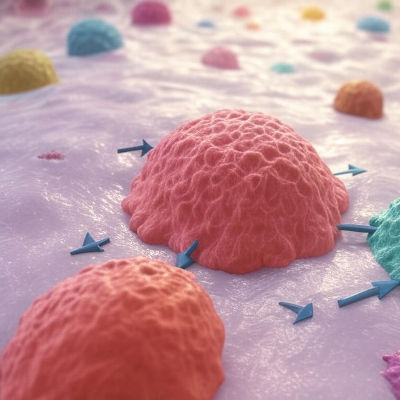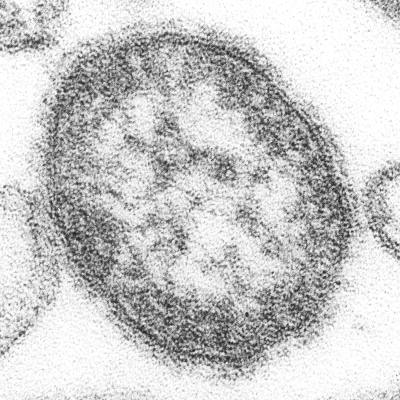Boosting vaccines and immunotherapies with machine learning
Nov. 19, 2023.
3 mins. read.
3 Interactions
A breakthrough in using AI to find molecules that can treat disease
Small molecules called “immunomodulators” can help create more effective vaccines and stronger immunotherapies to treat cancer.
But finding the molecules that trigger the right immune response is difficult. The number of drug-like small molecules has been estimated to be 1060, much higher than the number of stars in the visible universe.
Using machine learning to screen molecules
So a team from the Pritzker School of Molecular Engineering (PME) at The University of Chicago tackled the problem by using machine learning to guide high-throughput experimental screening of this vast search space.
In a potential first for the field of vaccine design, machine learning guided the discovery of new immune pathway-enhancing molecules. It found one particular small molecule that could outperform the best immunomodulators on the market. The results are published in the journal Chemical Science.
“We used artificial intelligence methods to guide a search of a huge chemical space,” said Prof. Aaron Esser-Kahn, co-author of the paper, who led the experiments. “In doing so, we found molecules with record-level performance that no human would have suggested we try. We’re excited to share the blueprint for this process.”
Immunomodulators work by changing the signaling activity of innate immune pathways within the body. In particular, the NF-κB pathway plays a role in inflammation and immune activation, while the IRF pathway is essential in antiviral response.
Earlier this year, the PME team conducted a high-throughput screen that looked at 40,000 combinations of molecules to see if any affected these pathways. They then tested the top candidates, found hat when those molecules were added to adjuvants—ingredients that help boost the immune response in vaccines—the molecules increased antibody response and reduced inflammation.
To find more candidates, the team used these results combined with a library of nearly 140,000 commercially available small molecules to guide an iterative computational and experimental process.
Active learning
They used a machine learning technique called “active learning,” which blends both exploration and exploitation to efficiently navigate the experimental screening through molecular space. This approach learns from the data previously collected and finds potential high-performing molecules to be tested experimentally while also pointing out areas that have been under-explored and may contain some valuable candidates.
The process was iterative; the model pointed out potential good candidates or areas in which it needed more information, and the team conducted a high-throughput analysis of those molecules and then fed the data back into the active learning algorithm.
The team expects to continue this process to search for more molecules, and hopes others in the field will share datasets to make the search even more fruitful. The goal is to screen molecules for more specific immune activity, like activating certain T-cells, or find a combination of molecules that gives them better control of the immune response.
“Ultimately, we want to find molecules that can treat disease,” Esser-Kahn said.
Citation: Yifeng Tang, et al. Chem. Sci., 2023,14, 12747-12766 Data-driven discovery of innate immunomodulators via machine learning-guided high throughput screening. https://pubs.rsc.org/en/Content/ArticleLanding/2023/SC/D3SC03613H (open-access)
Let us know your thoughts! Sign up for a Mindplex account now, join our Telegram, or follow us on Twitter.


.png)

.png)


.png)







0 Comments
0 thoughts on “Boosting vaccines and immunotherapies with machine learning”